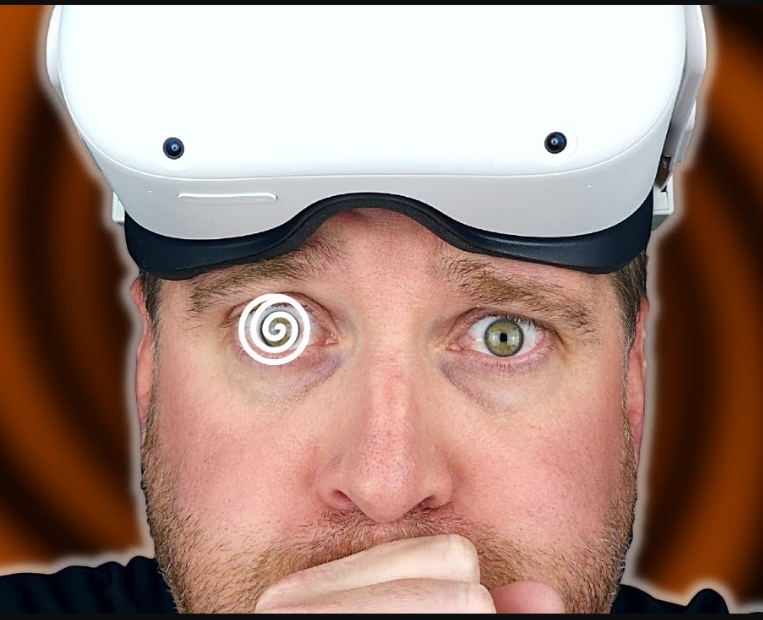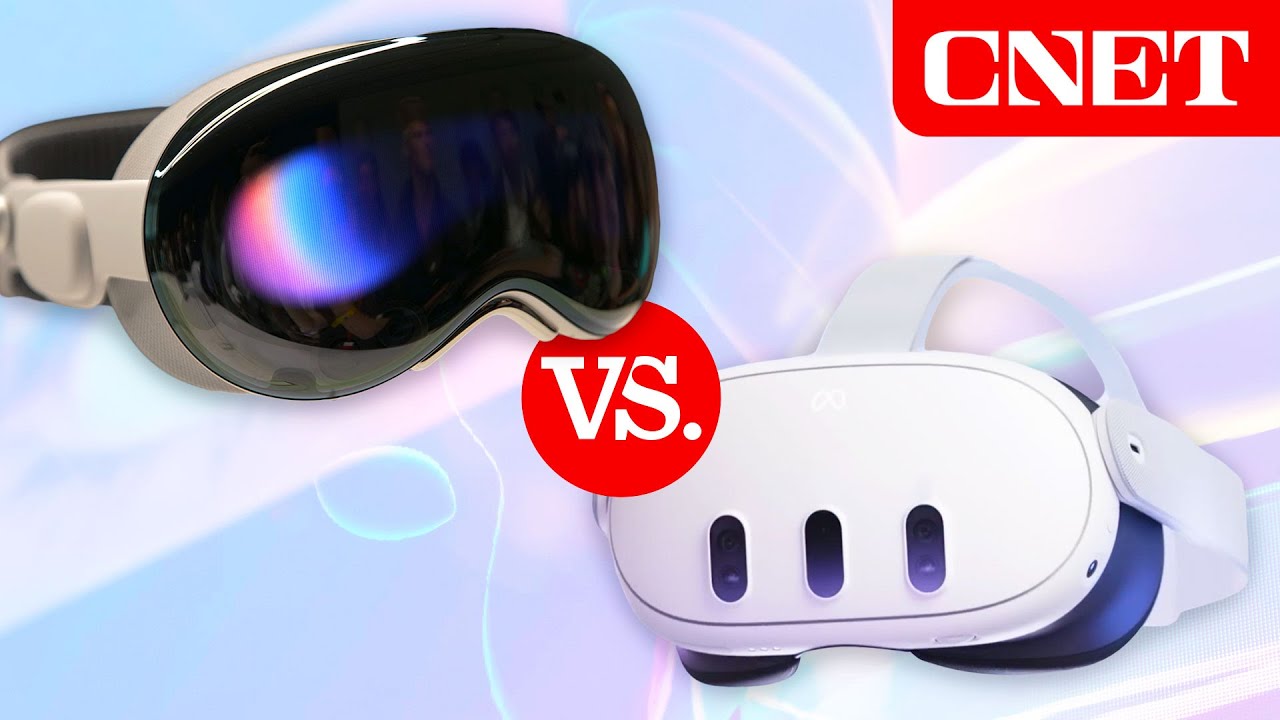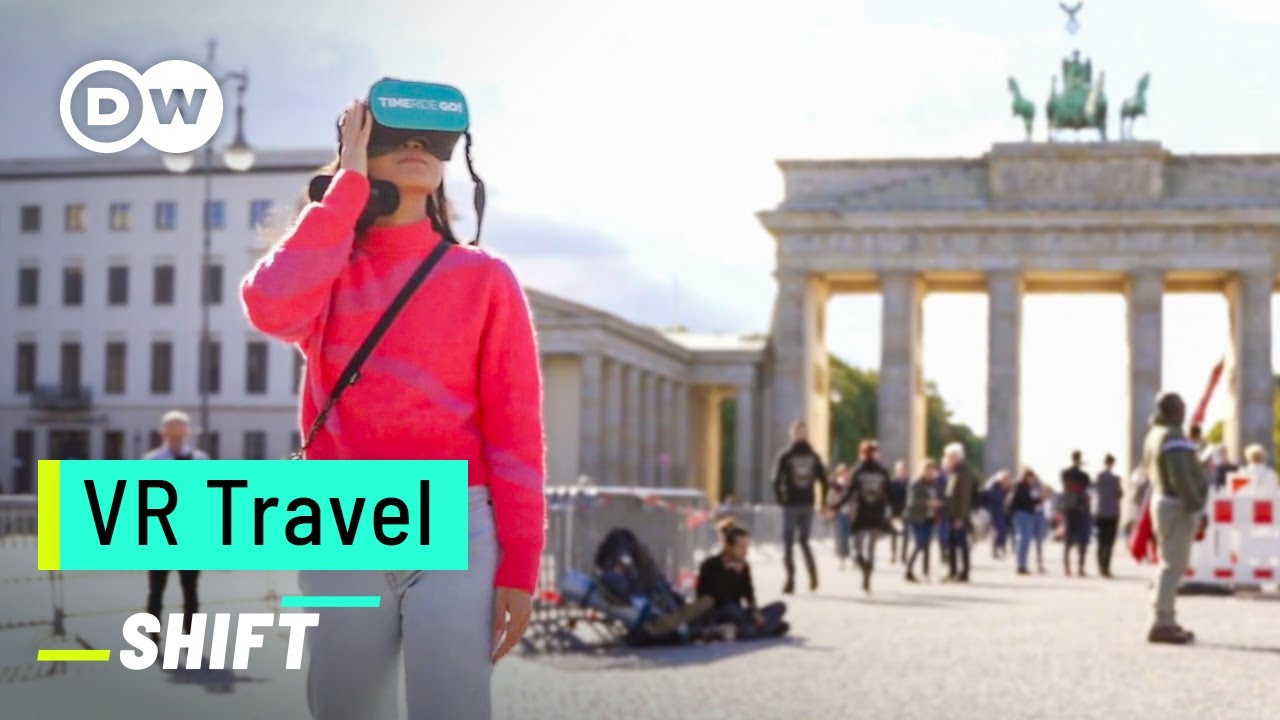-
 5 Eye Tips To Prevent VR Motion Sickness (Cybersickness)
5 Eye Tips To Prevent VR Motion Sickness (Cybersickness)
This is a YouTube video about 5 eye tips to prevent VR motion sickness (cybersickness). The video begins by mentioning that 40 to 70 percent of people who play VR experience VR motion sickness, which includes symptoms like dizziness, sweating, headaches, nausea, sometimes vomiting, and sometimes a lingering sense of movement even after you've stopped playing VR. VR motion sickness is actually something called cyber sickness which happens when your eyes are sensing motion but your ears aren't sensing any type of motion or turning at all, causing a conflict between the two senses. The video then goes on to provide five specific eye tips to prevent VR motion sickness, which are:
1. The 20-20-20 rule - every 20 minutes, take a 20-second break, looking 20 feet away.
2. Make sure that your IPD (inter-pupillary distance) is set correctly in your VR system.
3. Wear your visual correction (glasses or contacts) in VR.
4. Wear contact lenses or use VR prescription lens inserts instead of glasses.
5. Blink frequently and use lubricating eye drops.
https://youtu.be/uoLcJL2n3uU
Start quiz -
 Metaverse Explained
Metaverse Explained
In this video, Matthew Ball discusses the concept of the metaverse, which he defines as a massively-scaled and interoperable network of real-time-rendered 3D virtual worlds that can be experienced synchronously and persistently by an effectively unlimited number of users each with an individual sense of presence. The Metaverse is not just immersive virtual reality or a video game, but a combination of many different technologies. It will build iteratively on top of the internet and is understood as a fourth wave of computing and networking. Interoperability is one of the most complex and yet essential elements of the Metaverse. It effectively refers to the ability for different autonomous systems or independently-operated simulations, 3D-rendered virtual worlds, to not just talk to one another, but to do so safely and coherently.
https://youtu.be/4S-4mTvK4cI
Start quiz -
 Apple's Vision Pro vs. Meta Quest 3: Which Should You Get?
Apple's Vision Pro vs. Meta Quest 3: Which Should You Get?
Apple's Vision Pro ($3,500) and
Meta Quest 3 ($500) target
different price ranges.
Vision Pro focuses on
integrating digital content seamlessly into
the physical world, while Quest 3 offers a blend
of physical and virtual experiences.
Meta has more experience, but Apple
emphasizes its ecosystem and work
collaboration.
Both are lightweight with varying control
methods and processing power.
Start quiz -
 Are AI and AR the Future of Advertising?
Are AI and AR the Future of Advertising?
The video discusses the transformative impact of artificial intelligence (AI) and augmented reality (AR) in the advertising industry. It highlights how generative AI is enabling the creation of personalized video ads using digital clones of celebrities. Hyper-personalization, driven by AI, tailors advertisements to individual user interests. The emergence of AI-generated fashion models offers diversity and cost-effectiveness. However, concerns are raised about the illusion of diversity in AI models. Augmented reality apps simplify online furniture shopping, allowing users to visualize products in their space. The video concludes with questions about the ethical implications of hyper-personalized advertising and the authenticity of AI-generated content.
Start quiz
